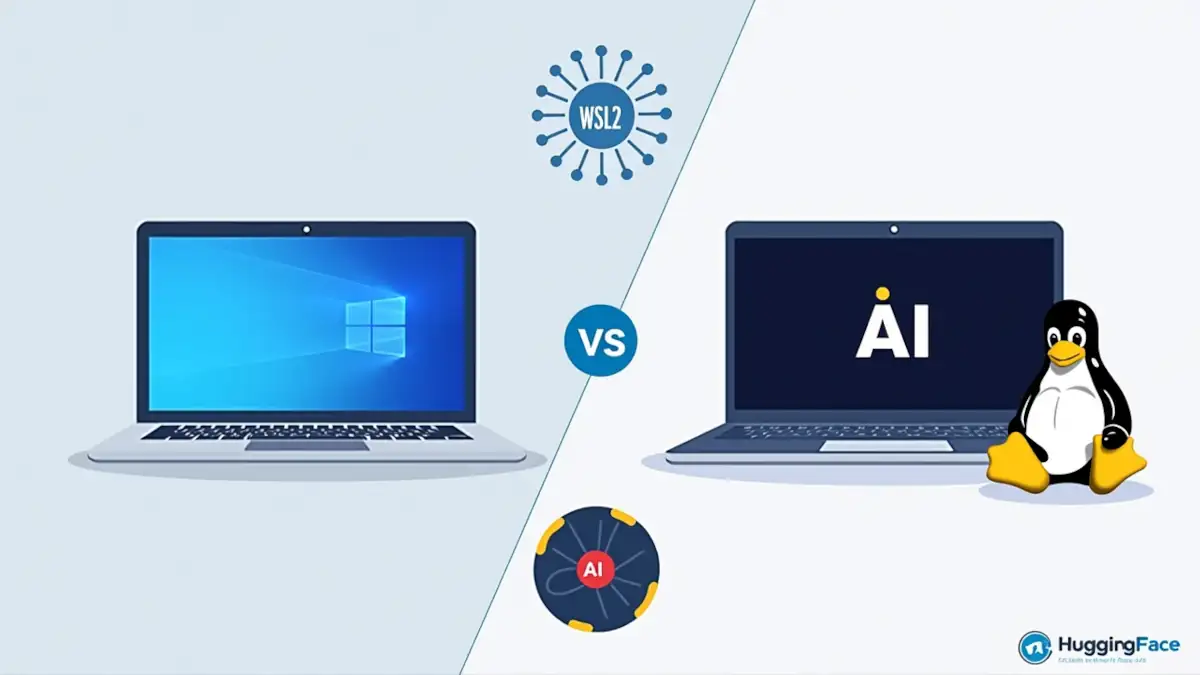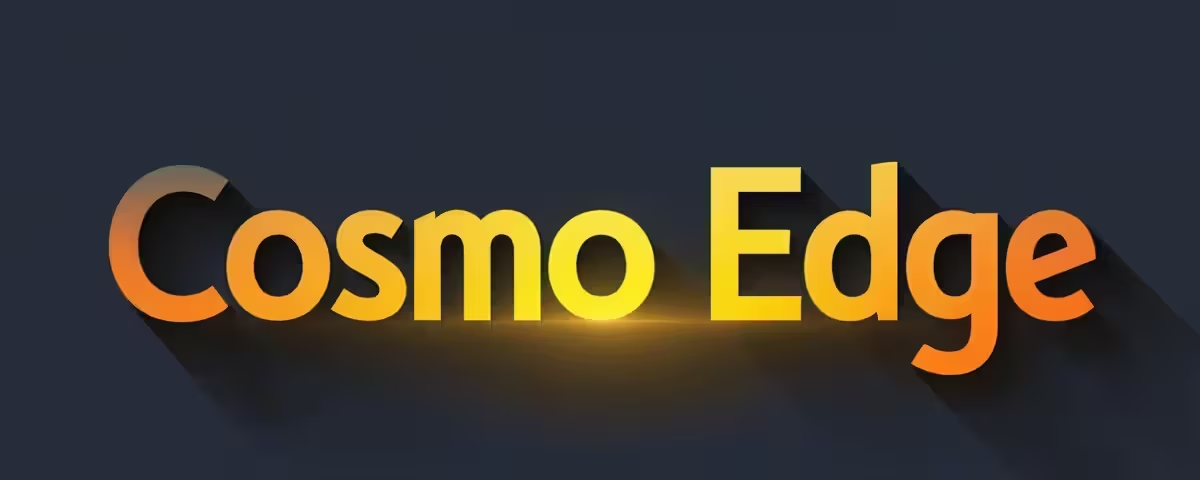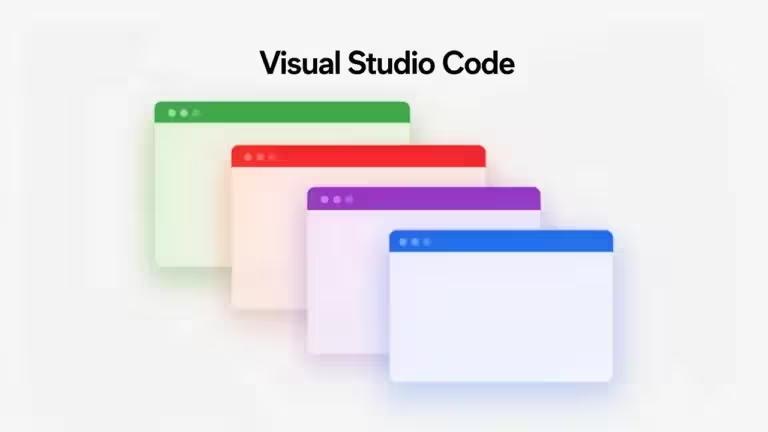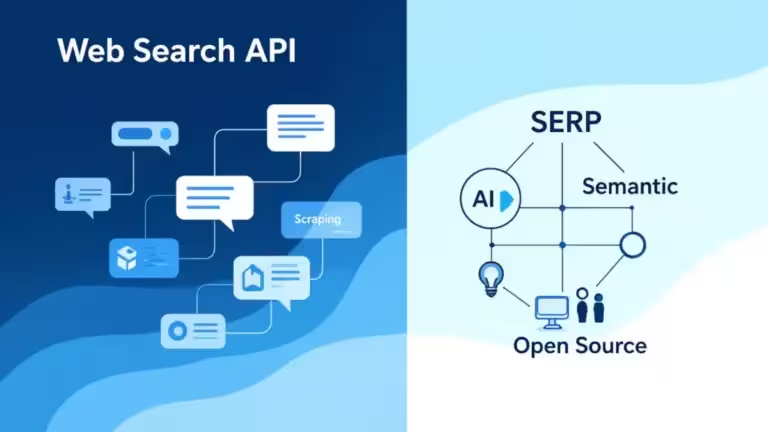Hugging Face Transformers on Windows 11: is it better to install natively or via WSL2?

Installing Hugging Face Transformers on Windows 11 raises a recurring question among developers and machine learning enthusiasts: should you prefer a native Windows installation or go through WSL2 (Windows Subsystem for Linux 2)?
The answer isn’t as simple as a clear “yes” or “no”. It depends on tool evolution, performance needs, and most importantly, the ecosystem in which you work. In this article, we’ll review the evolution of WSL2, compare the pros and cons of both approaches, and propose recommendations adapted to real-world use cases.
Evolution of WSL2: from handicap to recommended choice
In its early versions (2020-2021), WSL2 had a rather unflattering reputation. Benchmarks showed significantly lower performance compared to native Windows:
- PyTorch could run in 6.7 seconds natively versus 10.3 seconds under WSL2.
- Some users even reported runtimes up to 12x slower (2s vs 24s).
This started changing around 2022, when NVIDIA released major optimizations for GPU support under WSL2. From that point, performance approached 90–99% of native Linux performance for long-running workloads.
By 2023-2024, several independent tests confirmed this trend, showing little difference between WSL2 and Ubuntu 22.04 in PyTorch benchmarks (source: Deepnote – Ultimate guide to PyTorch).
Today, in 2025, WSL2 is considered mature and performant, making it a serious, often recommended alternative for developers who want to combine the Windows ecosystem with Linux compatibility.
Performance comparison: native Windows vs WSL2
Workload and overhead
Performance differences between a native installation and WSL2 depend on workload size:
- For small models or micro-benchmarks, native Windows keeps a slight edge since WSL2 introduces a minimal overhead.
- For larger models (over a billion parameters), this overhead becomes virtually invisible.
In practice, this means that for everyday usage with Hugging Face Transformers, WSL2 does not significantly impact performance.
GPU and CUDA compatibility
Another key factor is CUDA integration and GPU handling:
- Windows supports CUDA, but some PyTorch and TensorFlow tools still face limitations or compatibility issues.
- With WSL2, the Linux ecosystem is better supported, and recent NVIDIA drivers are optimized for the subsystem (source: Medium – Installing WSL2, PyTorch and CUDA on Windows 11).
TensorFlow: the mandatory switch
Since TensorFlow 2.11, GPU support has been dropped for native Windows. This means if you’re using TensorFlow with Hugging Face Transformers, switching to WSL2 is mandatory (source: Reddit – TensorFlow dropped support for Windows).
Ease of installation and maintenance
Native Windows
Installing Transformers natively on Windows remains relatively straightforward:
pip install transformersHowever, recurring issues often appear:
- Need to install the Visual C++ Redistributable for PyTorch.
- Permission and symlink issues specific to Windows (source: Hugging Face Hub – Installation guide).
- Sometimes difficult dependency resolution with scientific packages.
WSL2
Under WSL2, installation follows the same process as on standard Linux:
pip install transformersAdvantages include:
- Access to apt-get for managing system dependencies.
- Better compatibility with Docker and containerized environments.
- More stability for Linux-first libraries (PyTorch, TensorFlow, vLLM, etc.).
The only downside is a slightly more complex initial setup: you need to enable WSL2, install a distribution (Ubuntu, for example), then configure Python and CUDA.
Development workflow: which choice for which profile?
Cases where native Windows is preferable
- Beginners who want a simple setup without extra layers.
- Users working only on small models.
- Developers who don’t need the latest versions of TensorFlow.
Cases where WSL2 becomes essential
- Advanced development with Docker, containers, or Linux-first workflows.
- Using TensorFlow > 2.10.
- Projects with medium to large models (over 1B parameters).
- Need for long-term compatibility with the open source ML ecosystem.
Recent benchmarks: a marginal difference
2024-2025 benchmarks show that the performance difference between the two approaches has become marginal (0–10%) in most cases.
For example, a BERT model running under PyTorch with a medium batch size yields almost identical results between WSL2 and native Ubuntu, and only slightly lower than native Windows on small batch sizes.
Final recommendation
In 2025, the question is no longer just about raw performance, but about compatibility and long-term viability:
- Native Windows remains a good option for those seeking simplicity and working on lightweight projects.
- WSL2 is now the best choice for most developers working with Hugging Face Transformers, as it combines:
- full Linux compatibility,
- better CUDA and TensorFlow support,
- a smoother development experience with Docker, Git, and Linux-first environments.
With performance differences now negligible, WSL2 clearly stands out as the most future-proof solution.
When deciding between a native Windows installation and WSL2 for installing Hugging Face Transformers on Windows 11, the analysis reveals several key points:
- TensorFlow Support: As noted in source [136], TensorFlow 2.10 was the last version supporting GPU on native Windows. Beyond this, WSL2 is required, making it a necessity for users needing newer versions or GPU capabilities.
- GPU Compatibility and Performance: WSL2 often offers better compatibility with up-to-date GPU drivers, particularly beneficial for libraries like PyTorch, which may have enhanced support in Linux environments.
- Ease of Troubleshooting: While native installations can be complex due to system-wide dependencies, WSL2 leverages Linux tools and community solutions, mitigating common issues.
- Development Workflow and Virtual Environments: Both options support virtual environments, but WSL2 provides greater flexibility and separation, advantageous for managing multiple projects or library versions.
- Performance Benchmarks: Though there is a slight overhead with WSL2, the benefits in compatibility often outweigh this minor performance hit.
- Cost-Benefit Analysis and Future-Proofing: The initial setup effort for WSL2 is offset by long-term savings in troubleshooting and staying compatible with evolving library support.
- Community Support: Developers find more resources and help in WSL2 environments, as the community increasingly adopts this setup.
Given the shift in TensorFlow support post-2.10 and the advantages in compatibility, troubleshooting, and future-proofing, WSL2 is recommended for installing Hugging Face Transformers on Windows 11. This choice aligns with current trends and ensures better support for future updates and tools.
Your comments enrich our articles, so don’t hesitate to share your thoughts! Sharing on social media helps us a lot. Thank you for your support!






